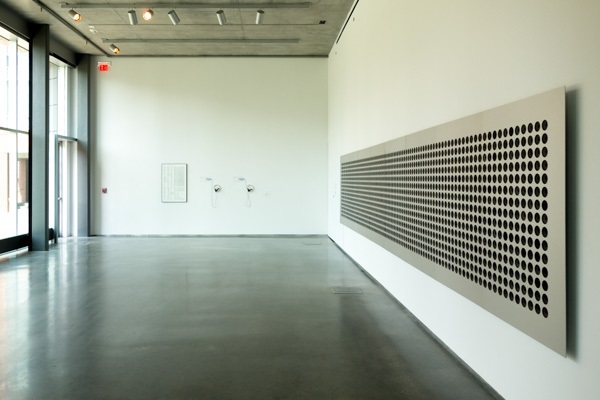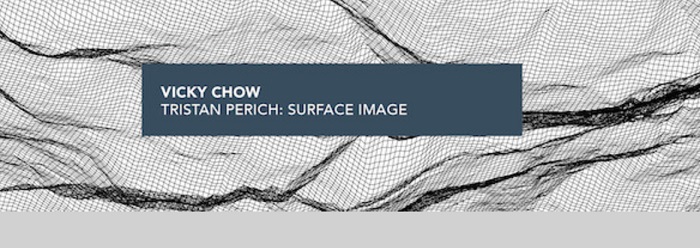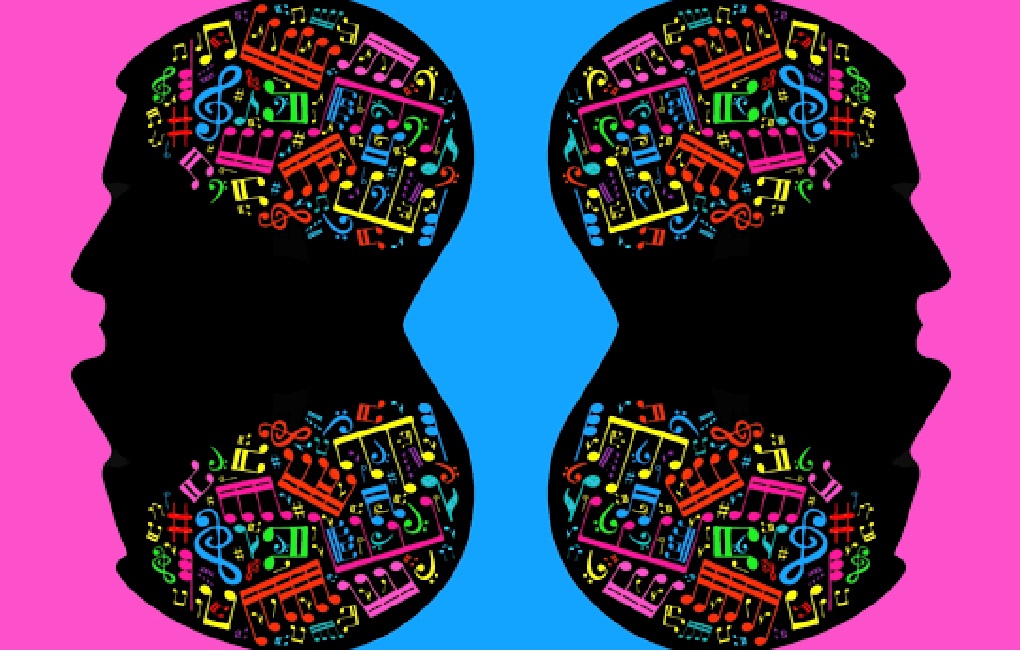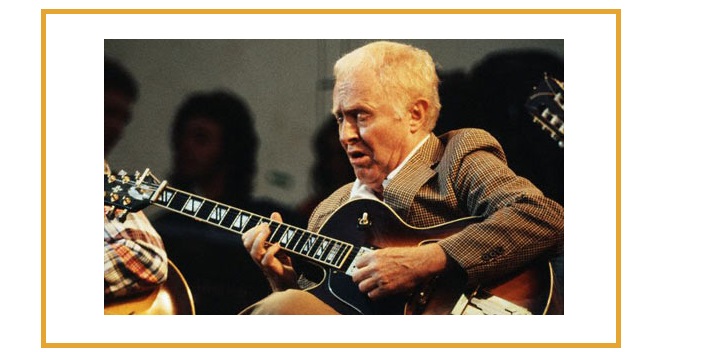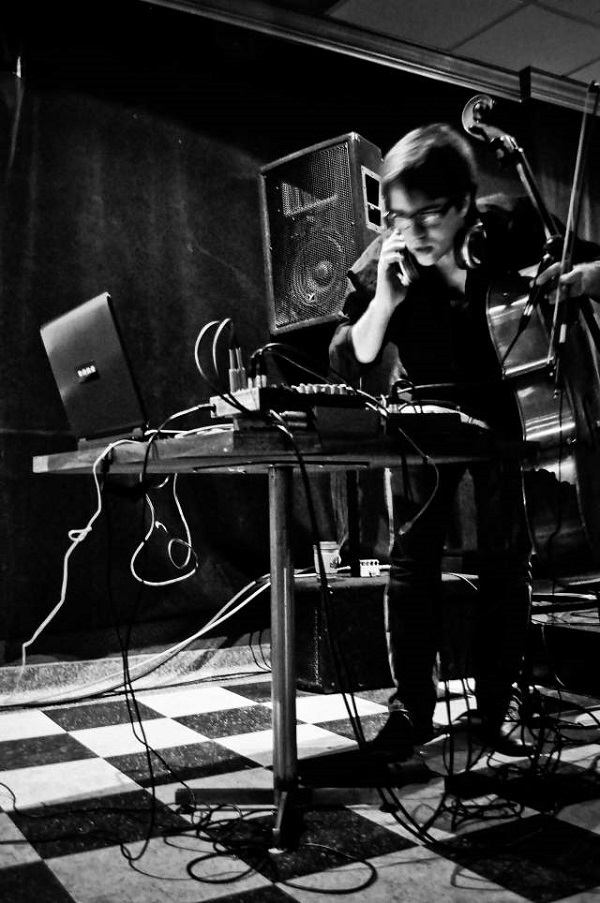New Amsterdam Records releases are special and Surface Image, the album-length composition for solo piano with 40-channel 1-bit electronics, composed by Tristan Perich and performed by pianist Vicky Chow is no exception.
“Surface Image is a stunning marriage of Perich’s inspired electronic aesthetic and Chow’s nuanced yet fiercely virtuosic playing. The line between electric and organic is artistically blurred, as the simple hand-wired electronics fuse with the individual notes of the piano on the same, expansive plane. Recorded at EMPAC’s sound studio by producer Argeo Ascani and mix engineer Jeffrey Svatek.”
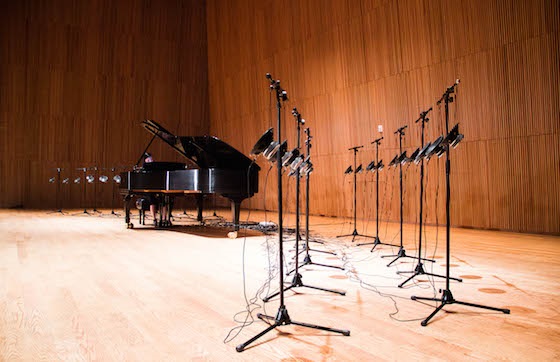

Pre-Order Now: https://newamsterdamrecords.bandcamp.com/album/tristan-perich-surface-image
Microtonal Wall in “Audible Spaces”
Curated by Alexis Lowry Murray, “Audible Spaces” presents three sound installations that encourage participants to explore the subtleties of listening. Tristan Perich, Zarouhie Abdalian, and [The User] have each created immersive environments using seemingly uniform sounds that dissolve into tonal, tactile, and temporal variations as participants engage with them. Perich’s Microtonal Wall (2011), on view in the Cohen Gallery at the Granoff Center, demonstrates the extraordinary complexity that can be generated using only the most basic electronic tools. Drone-like from a distance, this 25 ft long sound field of 1-bit noise dissolves into 1500 unique frequencies.
